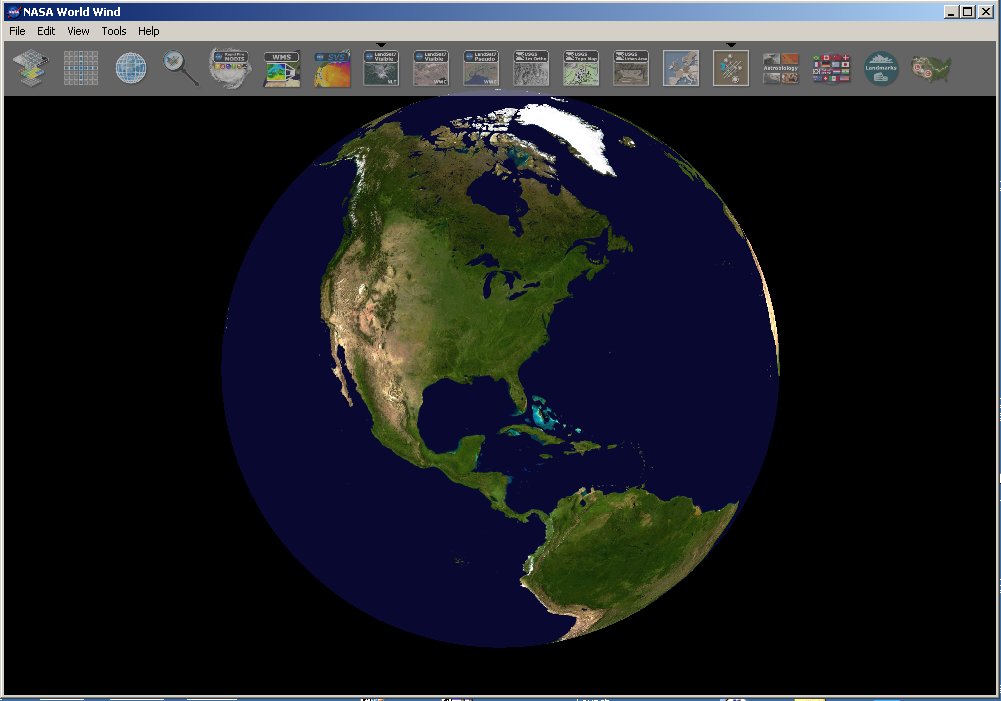
To address this challenge, the team built an interactive game called Diamond in the Sky that helps kids ages 10-12 to learn about stellar variability and the dynamic nature of the night sky. Team Team Diamonds (Cumilla, Bangladesh) Receiving the Most Inspirational Award, Team Diamonds competed in the Twinkle, Twinkle, Little Star challenge.

Once their analysis was complete, the team designed the interior of the Martian habitat and several multifunctional tools and gadgets that would enable the astronauts to live comfortably. The team members, who reside in different cities in Argentina, analyzed the Martian environment to determine the available resources and the basic requirements necessary for four astronauts to survive one year on Mars. Team Mars 3D Home (Mendoza, Argentina) Awarded the Best Mission Concept, Mars 3D Home team developed a solution for the Outfitting a Mars Habitat: A 3D Print Challenge. When a user inputs a day and year, the application fetches and displays details about moonquakes that occurred on that date. Team members created their first 3D project–a responsive web application that plots an animated seismic wave on a 3D globe of the Moon, based on a date provided by users. Team Selene (Jamshedpur, India) The winner of the Galactic Impact award, Selene, competed in the Make a Moonquake Map! challenge. The team considered a wide variety of factors when developing their solution, such as waste removal systems, crew morale, and mechanical tools lost during landing. Competing in the Outfitting a Mars Habitat: A 3D Print Challenge, they developed a set of interchangeable parts that would enable assembly of the needed systems on Mars. Team tAMing particles (Vilnius, Lithuania) The winning team of the Best Use of Technology award, tAMing particles, includes 3D-printing enthusiasts who work in the space industry designing CubeSats (very small satellites built from 10X10X10 cm units). The goal was to better predict wildfires and the damage they cause and improve future fire prevention efforts. The team looked at whether the chemistry of wildfire smoke differs based on its location. Team Starflock (Cleveland, Ohio, USA) Team Starflock, winner of the Best Use of Data award, participated in the Take Flight: Making the Most of NASA’s Airborne Data challenge.

This team’s project proposed a machine-learning pipeline to predict the probability of a solar storm event. Members of this team are currently working on their graduate theses in machine-based learning and worked with the artificial intelligence center at National Taiwan University. The Ten Winning Projects (pictured left to right above) Team What's New? (Taipei, Taiwan) Winning the Best Use of Science award, What’s New? competed in the Save the Earth From Another Carrington Event! challenge.


 0 kommentar(er)
0 kommentar(er)
